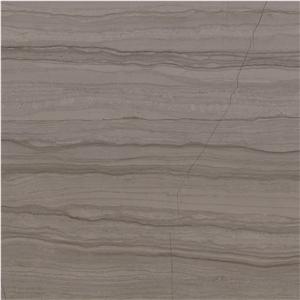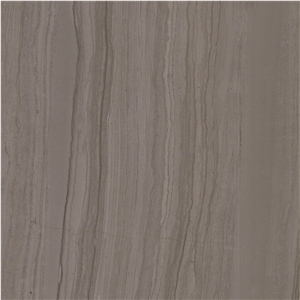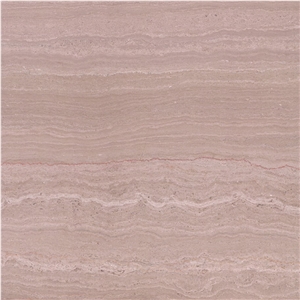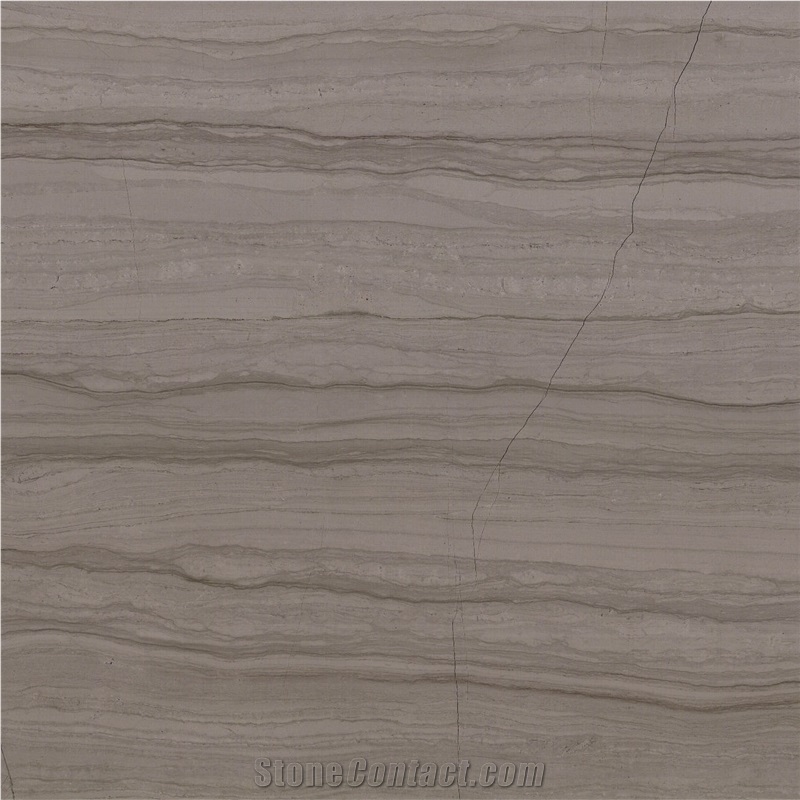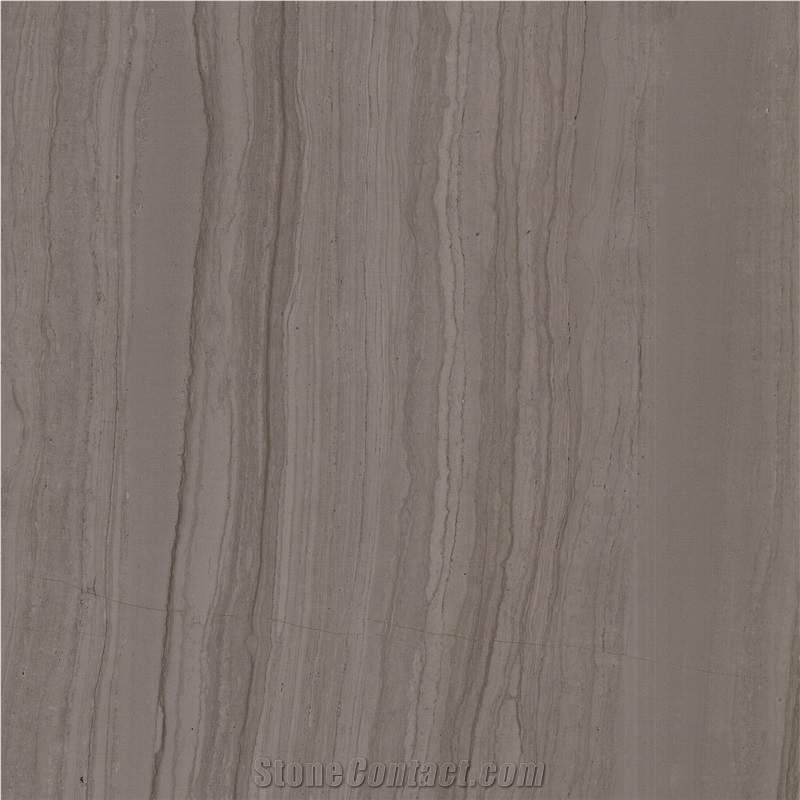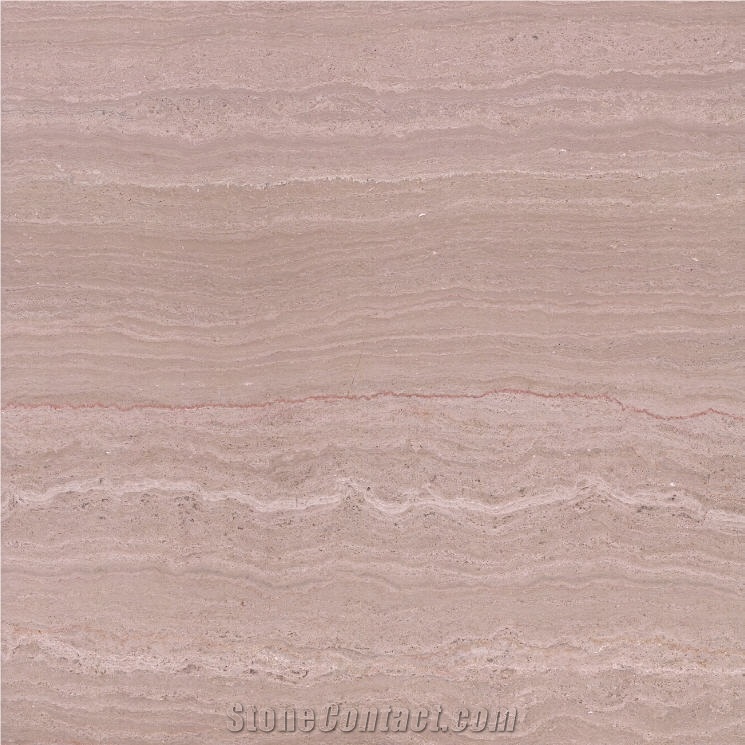Italian Wood Grain
 Italy
Italy
Italian Wood Grain is a kind of grey marble quarried in Italy. This stone is especially good for Wall and floor applications, countertops, mosaic, fountains, pool and wall capping, stairs, window sills and other design projects. It also called Italian Wood Grain Marble, Italy Wood Grain Marble, Grey Wood Grain Marble, Serpeggiante Marble,in China stone market:意大利木纹(Yìdàlì mù wén) . Italian Wood Grain can be processed into Polished, Sawn Cut, Sanded, Rockfaced, Sandblasted, Tumbled and so on.

What is the coefficient of friction of Water Jet Cut Italy's Italian Wood Grain Marble tiles?

Does water permanently stain Italian Wood Grain?

How to clean smoke stains on a Italian Wood Grain fireplace?

Is Italian Wood Grain bathroom high maintenance?

What is the difference between a Italian Wood Grain relief and a frieze?

Can Italy's Italian Wood Grain Marble be used outdoors?

Can Italy's Italian Wood Grain Marble be used in a office?

How to repair the scratched Italian Wood Grain tiles surface?

What grade is Italy's Italian Wood Grain Marble?

How can I clean Italian Wood Grain bathtub?

What are the types of Italian Wood Grain relief?

Can I use Italian Wood Grain on shower floor coverings?

Are Italian Wood Grain sinks hard to clean?

What is the physical properties of Italian Wood Grain?

What is the difference between a Italian Wood Grain relief and a sculpture?

Is Italy's Italian Wood Grain Marble an expensive stone?

Is Italian Wood Grain durable for use as urban walkway pavers?

Does salt water stain Italian Wood Grain?

Can Italian Wood Grain be used for swimming pool terrace pavers?

Can Italian Wood Grain be used for kitchen countertop?

Is Italian Wood Grain good for a bathtub?

Why not to use Italian Wood Grain in shower?

How much does a Italian Wood Grain bathtub cost?

Is baking soda safe on Italian Wood Grain?

Do Italian Wood Grain sinks stain easily?

How thick is Italy's Italian Wood Grain Marble slabs?

Does Italian Wood Grain stair steps scratch easily?

Are there color variations of Italy's Italian Wood Grain Marble?

Can Italy's Italian Wood Grain Marble be used exterior applications in very rainy climates?

What removes water stains from Italian Wood Grain?

Can Italy's Italian Wood Grain Marble be used in landscaping?
-

Xiamen Asian Stone Imp.& Exp. Co.,Ltd.
 China
China
 13YRDiamond members are premium members on platform, providing members with comprehensive approach to promoting their products, increasing products exposure and investment return to maximize.
13YRDiamond members are premium members on platform, providing members with comprehensive approach to promoting their products, increasing products exposure and investment return to maximize.
 Verified Supplier is for prove company authenticity,including business license,trade license and effective office space,to enhance buyers' trust to suppliers and their products, reducing communication costs.
Verified Supplier is for prove company authenticity,including business license,trade license and effective office space,to enhance buyers' trust to suppliers and their products, reducing communication costs.
Contact Supplier
-

 China
China
 1YRDiamond members are premium members on platform, providing members with comprehensive approach to promoting their products, increasing products exposure and investment return to maximize.
1YRDiamond members are premium members on platform, providing members with comprehensive approach to promoting their products, increasing products exposure and investment return to maximize.
 Verified Supplier is for prove company authenticity,including business license,trade license and effective office space,to enhance buyers' trust to suppliers and their products, reducing communication costs.
Verified Supplier is for prove company authenticity,including business license,trade license and effective office space,to enhance buyers' trust to suppliers and their products, reducing communication costs.
Contact Supplier
-

 China
China
 4YRDiamond members are premium members on platform, providing members with comprehensive approach to promoting their products, increasing products exposure and investment return to maximize.
4YRDiamond members are premium members on platform, providing members with comprehensive approach to promoting their products, increasing products exposure and investment return to maximize.
 Verified Supplier is for prove company authenticity,including business license,trade license and effective office space,to enhance buyers' trust to suppliers and their products, reducing communication costs.
Verified Supplier is for prove company authenticity,including business license,trade license and effective office space,to enhance buyers' trust to suppliers and their products, reducing communication costs.
Contact Supplier
-

 China
China
 4YRDiamond members are premium members on platform, providing members with comprehensive approach to promoting their products, increasing products exposure and investment return to maximize.
4YRDiamond members are premium members on platform, providing members with comprehensive approach to promoting their products, increasing products exposure and investment return to maximize.
 Verified Supplier is for prove company authenticity,including business license,trade license and effective office space,to enhance buyers' trust to suppliers and their products, reducing communication costs.
Verified Supplier is for prove company authenticity,including business license,trade license and effective office space,to enhance buyers' trust to suppliers and their products, reducing communication costs.
Contact Supplier
-

 China
China
 4YRDiamond members are premium members on platform, providing members with comprehensive approach to promoting their products, increasing products exposure and investment return to maximize.
4YRDiamond members are premium members on platform, providing members with comprehensive approach to promoting their products, increasing products exposure and investment return to maximize.
 Verified Supplier is for prove company authenticity,including business license,trade license and effective office space,to enhance buyers' trust to suppliers and their products, reducing communication costs.
Verified Supplier is for prove company authenticity,including business license,trade license and effective office space,to enhance buyers' trust to suppliers and their products, reducing communication costs.
Contact Supplier
-

 China
China
 12YRDiamond members are premium members on platform, providing members with comprehensive approach to promoting their products, increasing products exposure and investment return to maximize.
12YRDiamond members are premium members on platform, providing members with comprehensive approach to promoting their products, increasing products exposure and investment return to maximize.
Contact Supplier
-

Xiamen Global Stone Imp. & Exp. Co.,Ltd.
 China
China
 5YRDiamond members are premium members on platform, providing members with comprehensive approach to promoting their products, increasing products exposure and investment return to maximize.
5YRDiamond members are premium members on platform, providing members with comprehensive approach to promoting their products, increasing products exposure and investment return to maximize.
 Verified Supplier is for prove company authenticity,including business license,trade license and effective office space,to enhance buyers' trust to suppliers and their products, reducing communication costs.
Verified Supplier is for prove company authenticity,including business license,trade license and effective office space,to enhance buyers' trust to suppliers and their products, reducing communication costs.
Contact Supplier
-
 Italian Wood Grain Marble Tiles & Slabs, Beige Marble Tiles & Slabs, Natural Building Stone Flooring
Italian Wood Grain Marble Tiles & Slabs, Beige Marble Tiles & Slabs, Natural Building Stone FlooringXiamen HD Stone Import And Export Co., Ltd
 China
China
 10YRDiamond members are premium members on platform, providing members with comprehensive approach to promoting their products, increasing products exposure and investment return to maximize.
10YRDiamond members are premium members on platform, providing members with comprehensive approach to promoting their products, increasing products exposure and investment return to maximize.
 Verified Supplier is for prove company authenticity,including business license,trade license and effective office space,to enhance buyers' trust to suppliers and their products, reducing communication costs.
Verified Supplier is for prove company authenticity,including business license,trade license and effective office space,to enhance buyers' trust to suppliers and their products, reducing communication costs.
Contact Supplier
-

 China
China
 9YRDiamond members are premium members on platform, providing members with comprehensive approach to promoting their products, increasing products exposure and investment return to maximize.
9YRDiamond members are premium members on platform, providing members with comprehensive approach to promoting their products, increasing products exposure and investment return to maximize.
 Verified Supplier is for prove company authenticity,including business license,trade license and effective office space,to enhance buyers' trust to suppliers and their products, reducing communication costs.
Verified Supplier is for prove company authenticity,including business license,trade license and effective office space,to enhance buyers' trust to suppliers and their products, reducing communication costs.
Contact Supplier
-

Fujian Province Ruifengyuan Industrial Co., Ltd.
 China
China
 Verified Supplier is for prove company authenticity,including business license,trade license and effective office space,to enhance buyers' trust to suppliers and their products, reducing communication costs.
Verified Supplier is for prove company authenticity,including business license,trade license and effective office space,to enhance buyers' trust to suppliers and their products, reducing communication costs.
Contact Supplier
The request includes: 1. surface finished, size 2. quantity required






